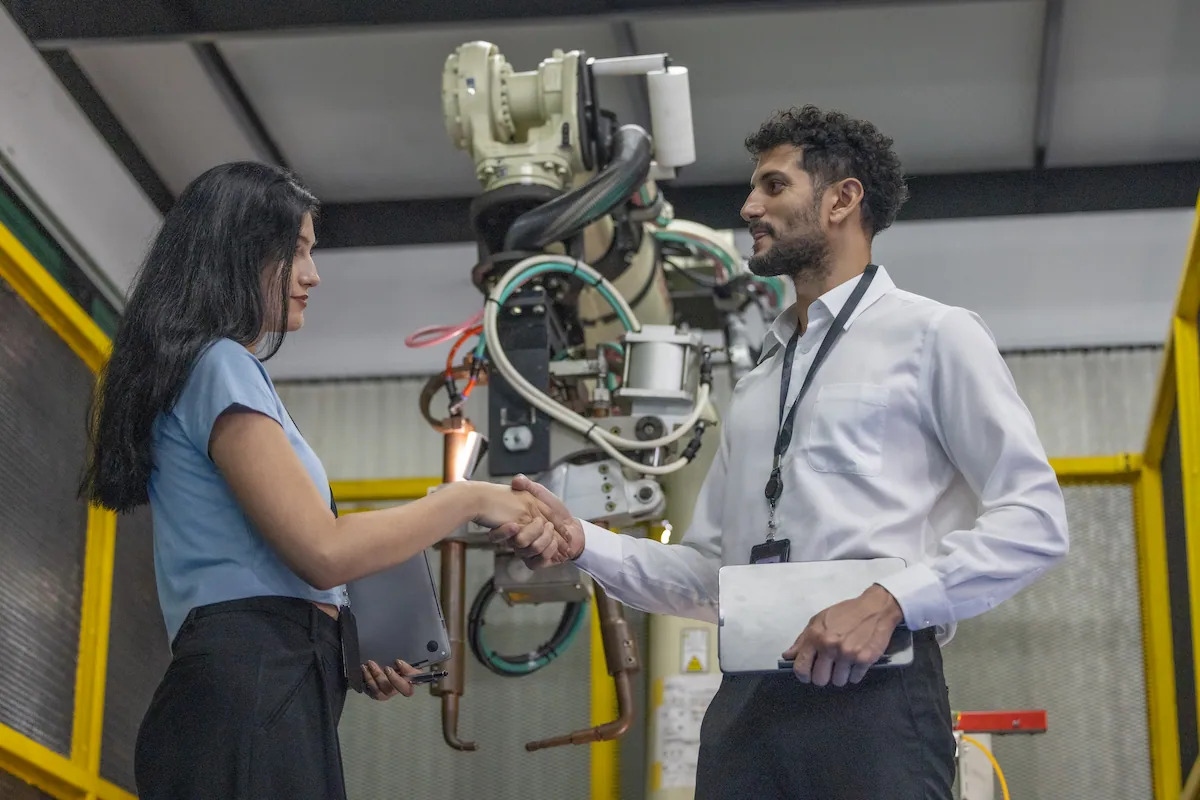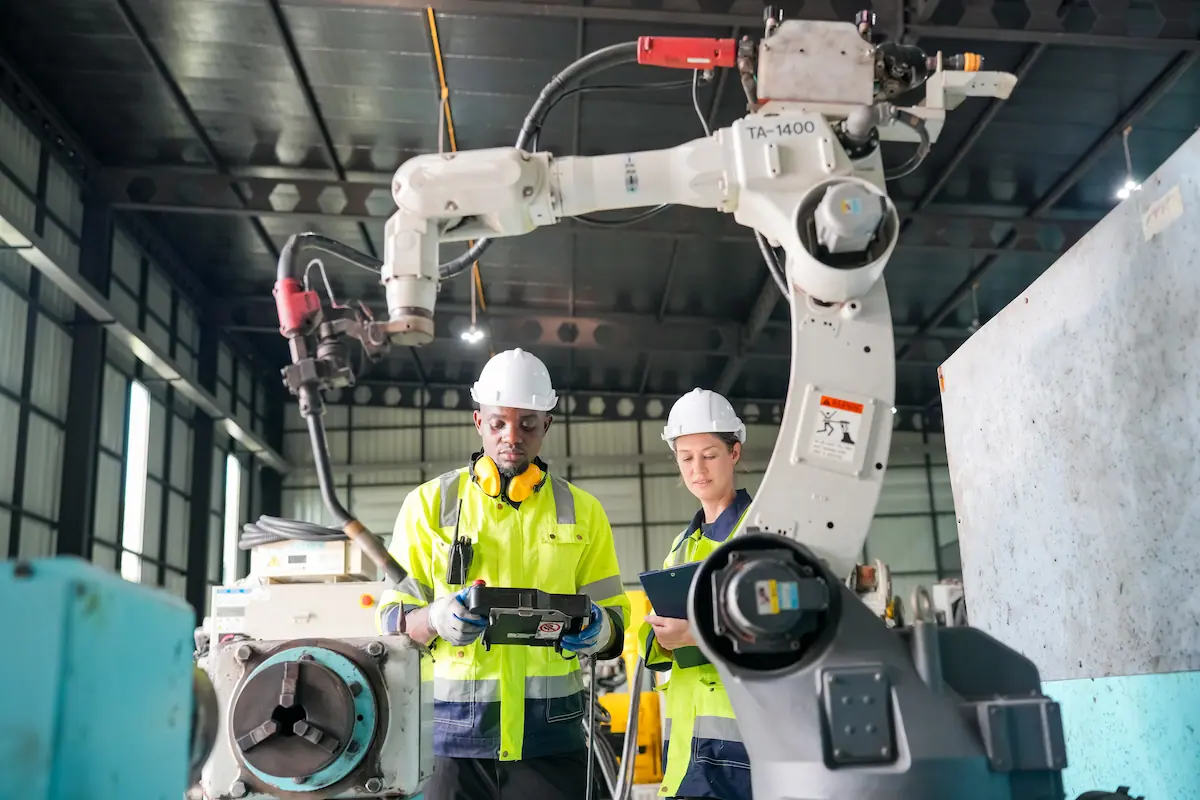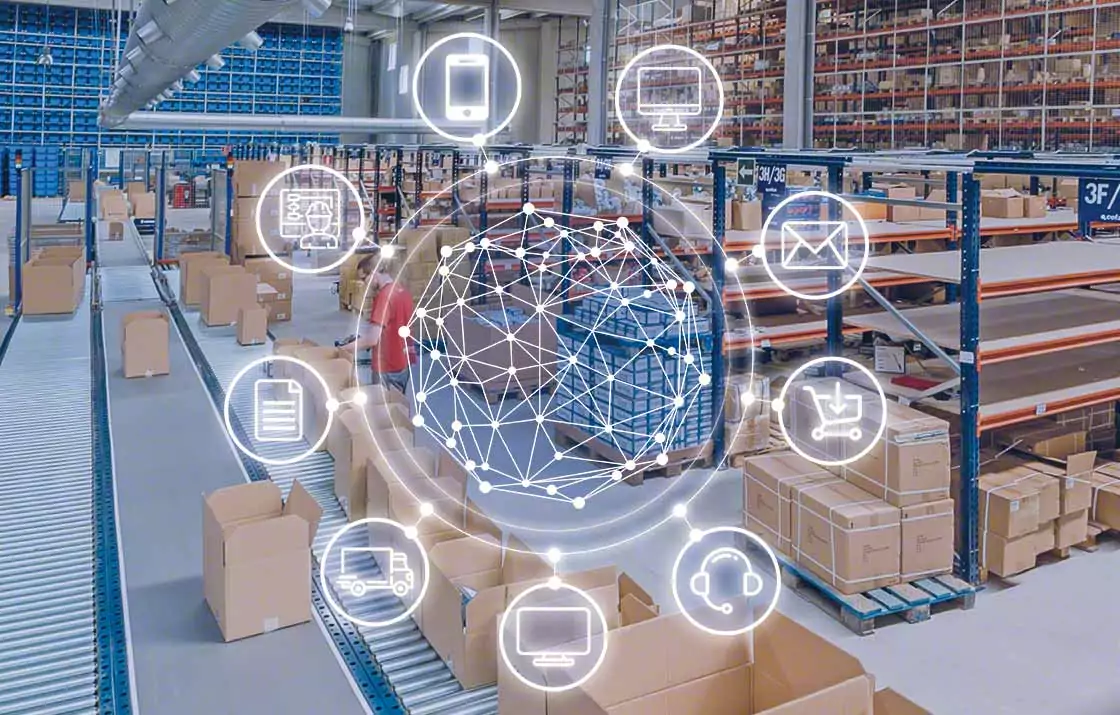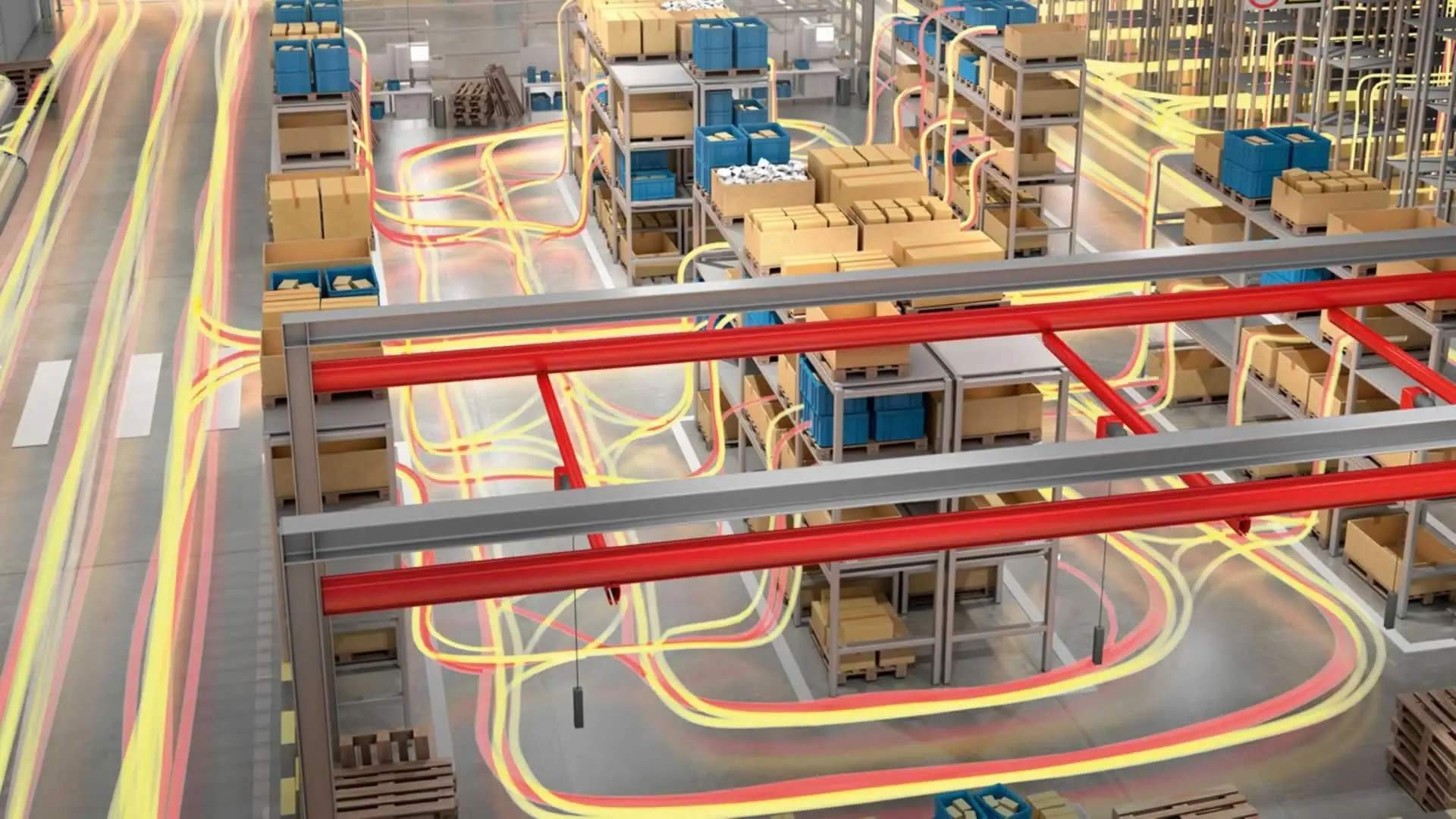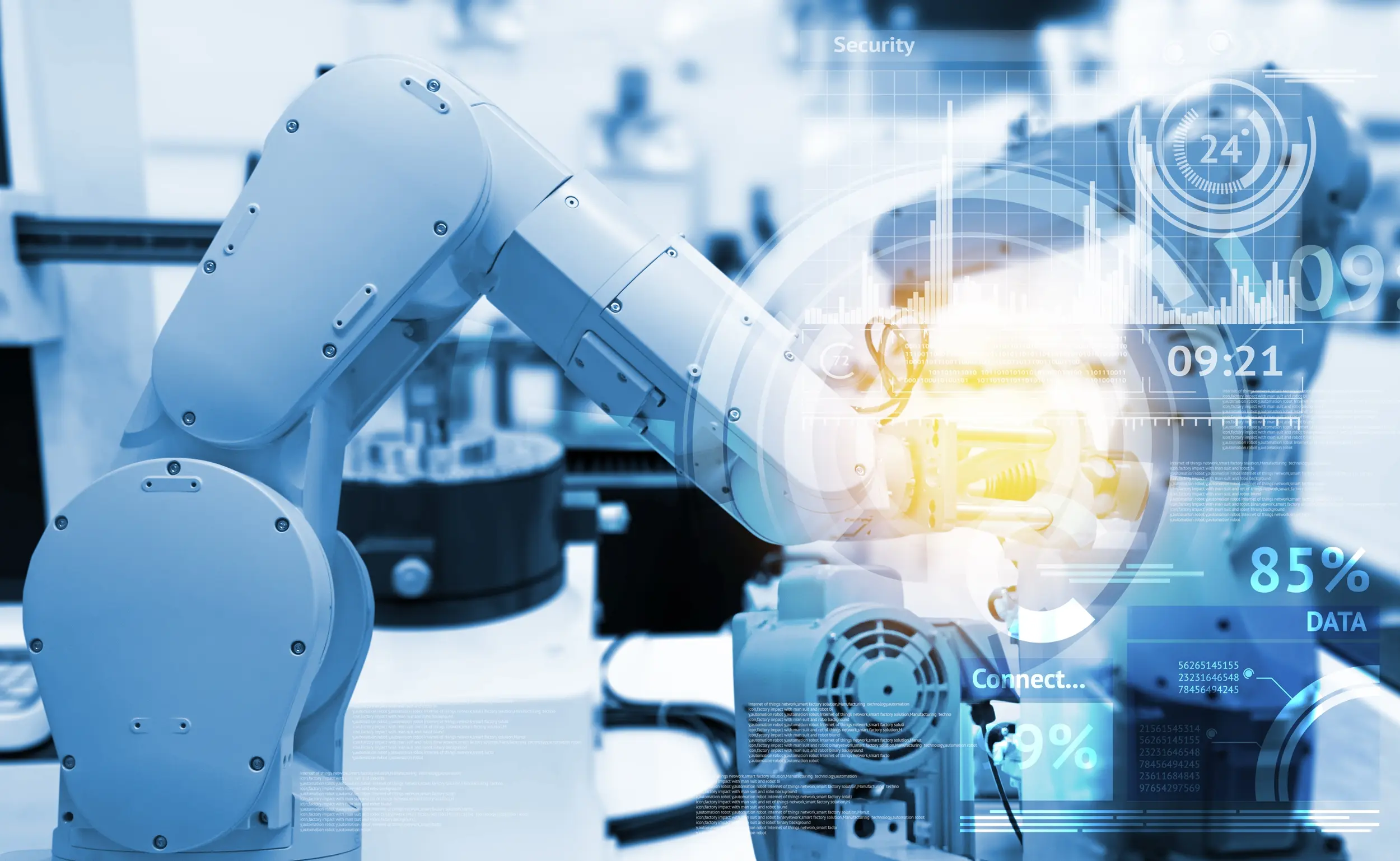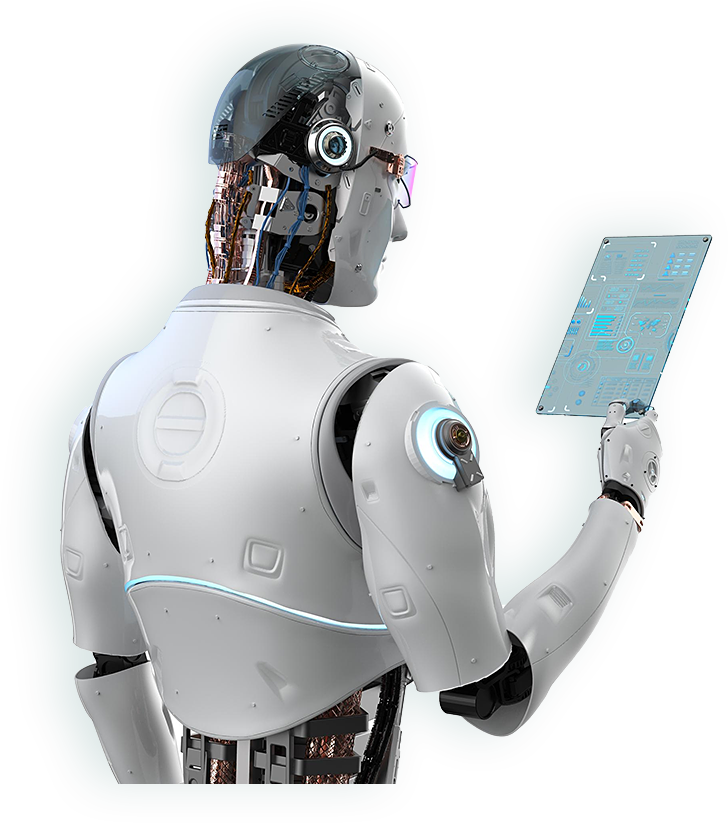Content index
ToggleA Cobot (Collaborative Robots), unlike a traditional robot, it is a type of robot designed not to carry out its functions far away and isolated from other operators, but to collaborate closely with humans.
This means that they, once included in the company staff, they will have to not only fulfill the tasks for which they will be intended, but also do it alongside the human operators, with whom they will share the same working environment and, often, also the operational execution of the task.
Managing a Cobot, therefore, requires the use of management software which perform different but complementary functions, fundamental to guaranteeing the safety, the efficiency and reliability of the Cobot.
At the basis of the latter, clearly, there is often theArtificial intelligence, which has already revolutionized the so-called Logistics 4.0, bringing enormous improvements especially in the management of warehouses 4.0 and of Supply Chain.
Below, therefore, we will see in detail the functioning of some of the most important software for managing Cobots, remembering that in Todsystem we have the products and the professionalism to provide companies solutions and services useful to them transformation 4.0.
Control software
Cobot control software is designed to simplify programming of the robot, ensure the safety of workers e optimize performance of the system.
This type of software controls the Cobot's movements, including those of its arms, body and head, and can be customized to fit the specific needs of the application.
Furthermore, Cobot control software is designed to to monitor the robots' tasks constantly and to ensure that they are performed safely and correctly.
For this they include features such as:
Graphical programming: allows you to program the robot without the need for advanced programming knowledge, using an intuitive graphical interface;
Real-time monitoring: allows you to monitor the robot's activities and detect any errors or malfunctions;
Safety and protection: allows you to configure the robot's safety features, such as force control and emergency stop, and ensure that the robot works safely and securely;
Integration with other systems: allows you to integrate the Cobot control software with other automation systems, such as artificial vision systems or traditional robots;
Data analysis: Allows you to collect and analyze robot usage data, such as cycle time and performance, to optimize system operation.
Artificial vision software
THE artificial vision software they are a key technology forindustrial automation and can be used in combination with collaborative robots or Cobots to improve the efficiency and precision of manufacturing tasks.
In this particular case, they are specifically designed to allow the robot to “see” and interpret visual information from its working environment, such as object positions, shapes, colors and labels.
This type of software uses algorithms artificial intelligence to recognize and identify objects in the Cobot's working environment. This allows the Cobot to interact with objects more precisely and avoid collisions with unwanted objects.
In fact, artificial vision software for Cobot includes features such as:
Object detection: allows the robot to identify and recognize objects in its working environment;
Driving the robot: allows the robot to position itself precisely and repetitively with respect to the objects to be manipulated;
Quality check: allows the robot to detect any defects on the products and reject non-compliant ones;
Reading labels: allows the robot to read labels and information on packages, such as the barcode or QR code;
Robot education: allows the robot to learn and continuously improve its performance, through the use of machine learning techniques.
The benefits of using computer vision software for Cobot include increasing the efficiency and accuracy of manufacturing tasks, reducing human errors, improving inventory management, and reducing overall operating costs.
Furthermore, i artificial vision software for Cobot they can be easily integrated with other automation systems, such as Cobot control software, to create highly efficient and high-performance automated systems.
Machine learning software
A Cobot can learn new skills and behaviors based on experience.
This means that he is able to continuously improve his performance and adapt to new situations in the work environment.
To do this, it uses so-called machine learning software (Machine Learning) which are therefore designed to allow collaborative robots to continuously learn and improve their performance while performing production tasks.
These therefore represent a key technology for industrial automation, capable of improving the efficiency, precision and flexibility of production processes.
The Machine Learning, for clarity, is that branch of artificial intelligence that uses algorithms and statistical techniques to analyze data and identify patterns of behavior. In an industrial manufacturing environment, a Cobot's machine learning software can be used to improve the efficiency, accuracy and flexibility of manufacturing processes.
Software features of this type include:
Object recognition: Machine learning software can be used to teach the robot to recognize and distinguish objects in its working environment.
Learning through feedback: Machine learning software can be used to provide feedback to the robot on its performance and to continuously improve its behavior;
Adaptation to process variations: machine learning software can be used to adapt the robot's behavior to changes in the production process;
Training with production data: Machine learning software can be used to train the robot using historical production data, in order to improve the robot's performance during production operations.
The use of this type of software, applied to Cobots, offers advantages in terms of:
Increased efficiency: Collaborative robots trained with machine learning can perform production tasks more efficiently and accurately, reducing production time and errors;
Improved flexibility: collaborative robots trained with machine learning can be adapted to changes in the production process and working conditions, improving the flexibility of the entire production system;
Reduction of operating costs: Collaborative robots trained with machine learning can reduce overall operational costs by increasing efficiency and reducing errors.
Communication software
Effective communication is among the key requirements for the correct functioning of Cobots.
In fact, they must be able to communicate effectively with human operators and other robots within a production system.
The guarantee of this fundamental step is entrusted to communication software.
A macrogroup of software which also includes the aforementioned control, programming and monitoring software, together with simulation software.
This type of software is used to simulate the behavior of the Cobot before it is actually used in a production environment. Simulation software allows human operators to test the Cobot's performance in a simulated environment before actually using it.
Security software
Cobot design requires careful planning risk assessments to ensure the safety of human operators throughout their use.
It is crucial that manufacturers consider all possible risks, such as so-called transient or quasi-static contacts, as well as what can happen when the robot is involved in an emergency stop.
For a robot to be considered suitable for collaborative applications, its safety software must possess four important functions:
1) Safety monitored shutdown
It involves pausing the robot when a worker approaches it. It aims to prevent dangerous movements. The function, in the new edition of ISO 10218-1, is defined as "monitored shutdown";
2) Manual driving
It consists of allowing the operator to move the robot using a manual device to transmit movement commands. In the new standard it is defined as "manual driving equipment", and must have an emergency stop button;
3) Tracking speed and distance
This feature increases safety by specifying the minimum protective distance between a robot and an operator in the collaborative workspace. It can be implemented using different methods, such as external sensors capable of providing operator position and speed data for the internal calculation of a movement plan to maintain distance.
4) The limitation of power and strength
This feature allows contact between the operator and a robot, but protects the human from possible injury or pain. The so-called functions PFL (Power and Force Limiting) can occur through pre-established, non-adjustable or configurable safety designs, or through safety features that can be adjusted or configured. For robots with adjustable or configurable PFL safety functions, exceeding any limit parameter must cause a “protective stop”.

